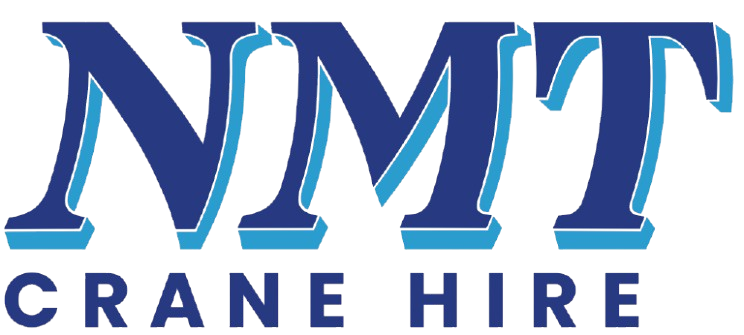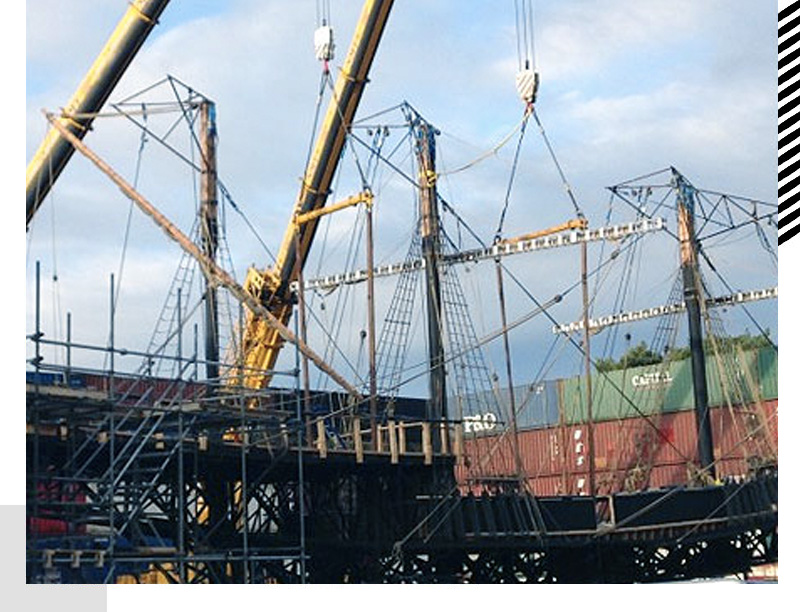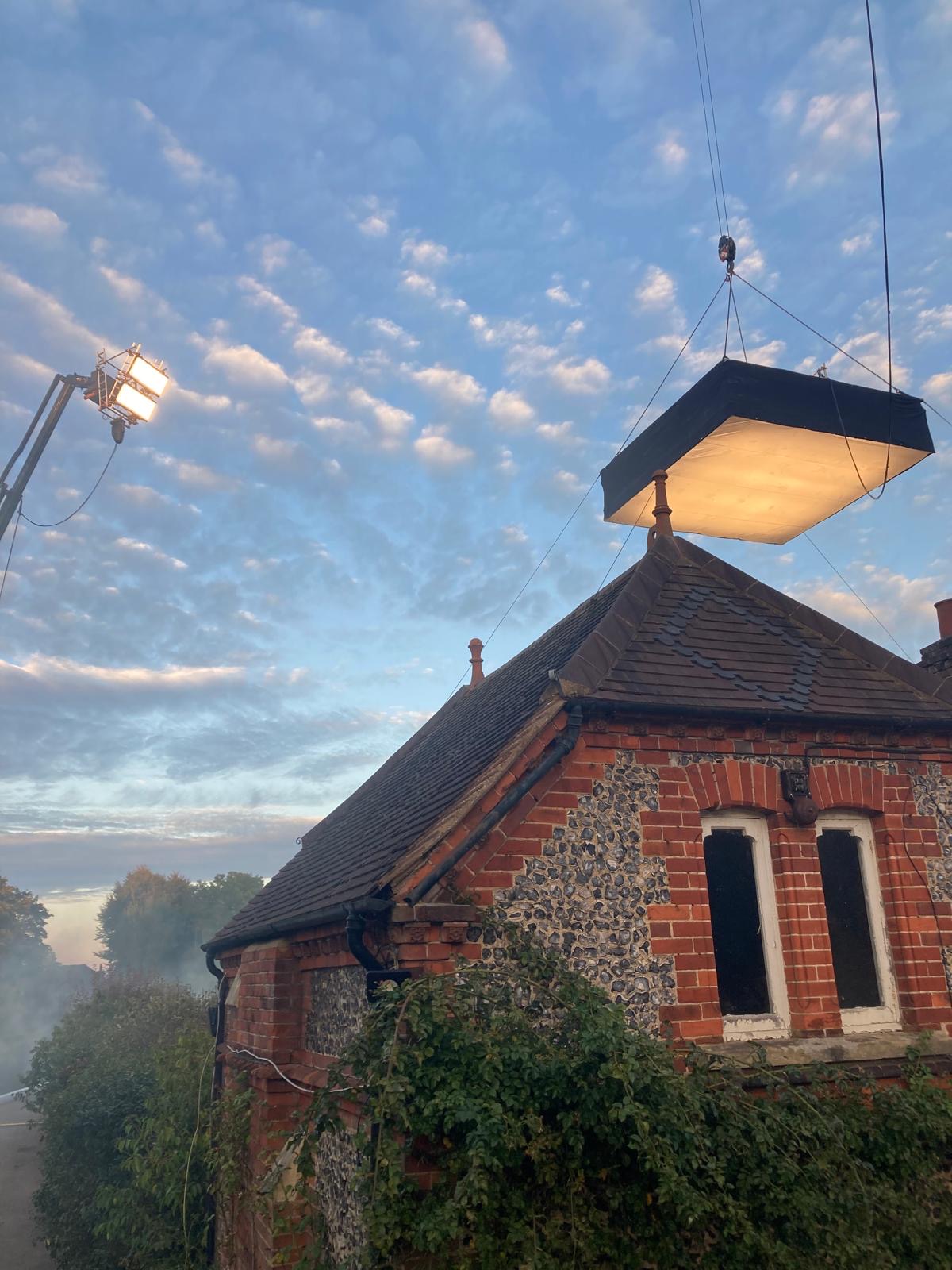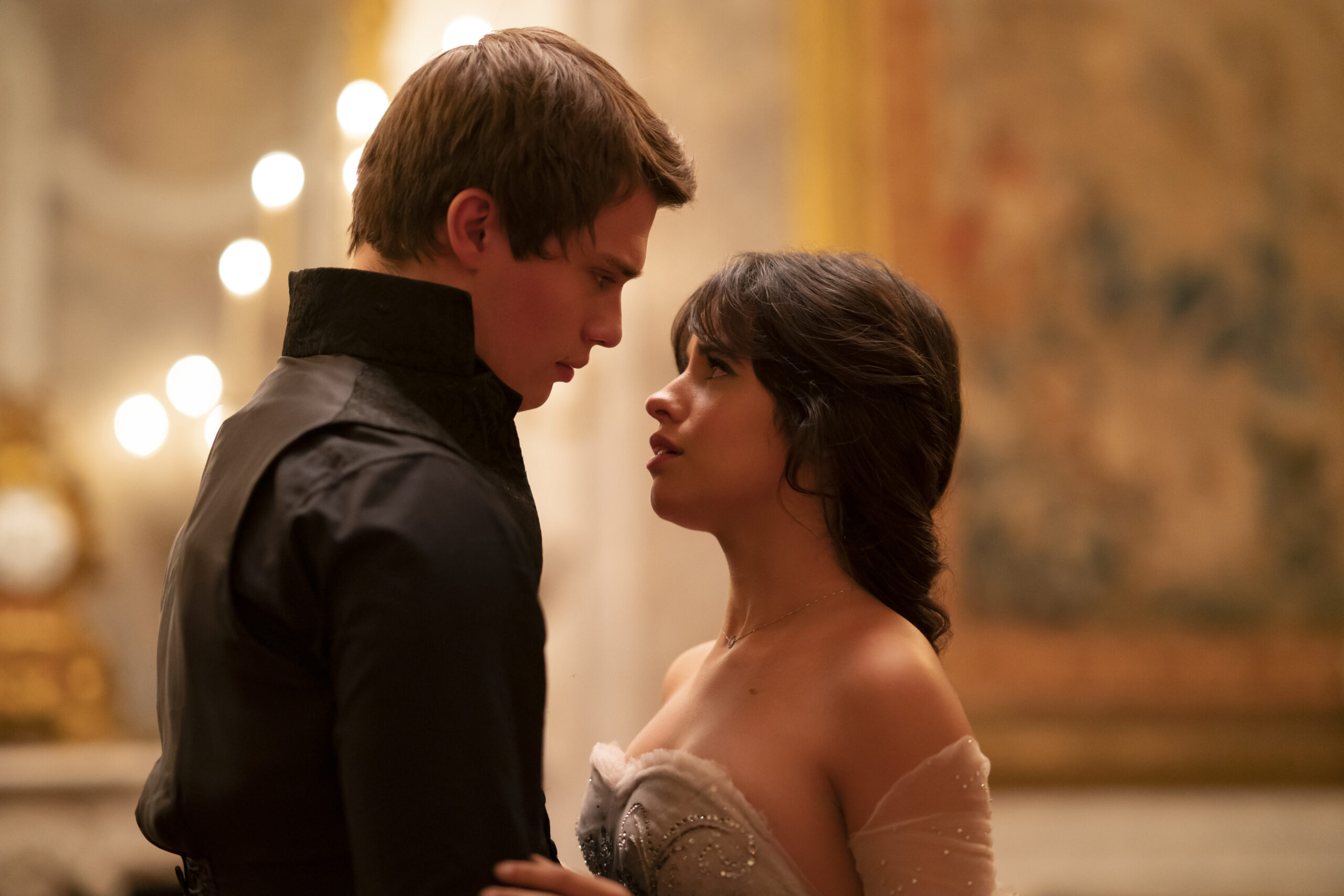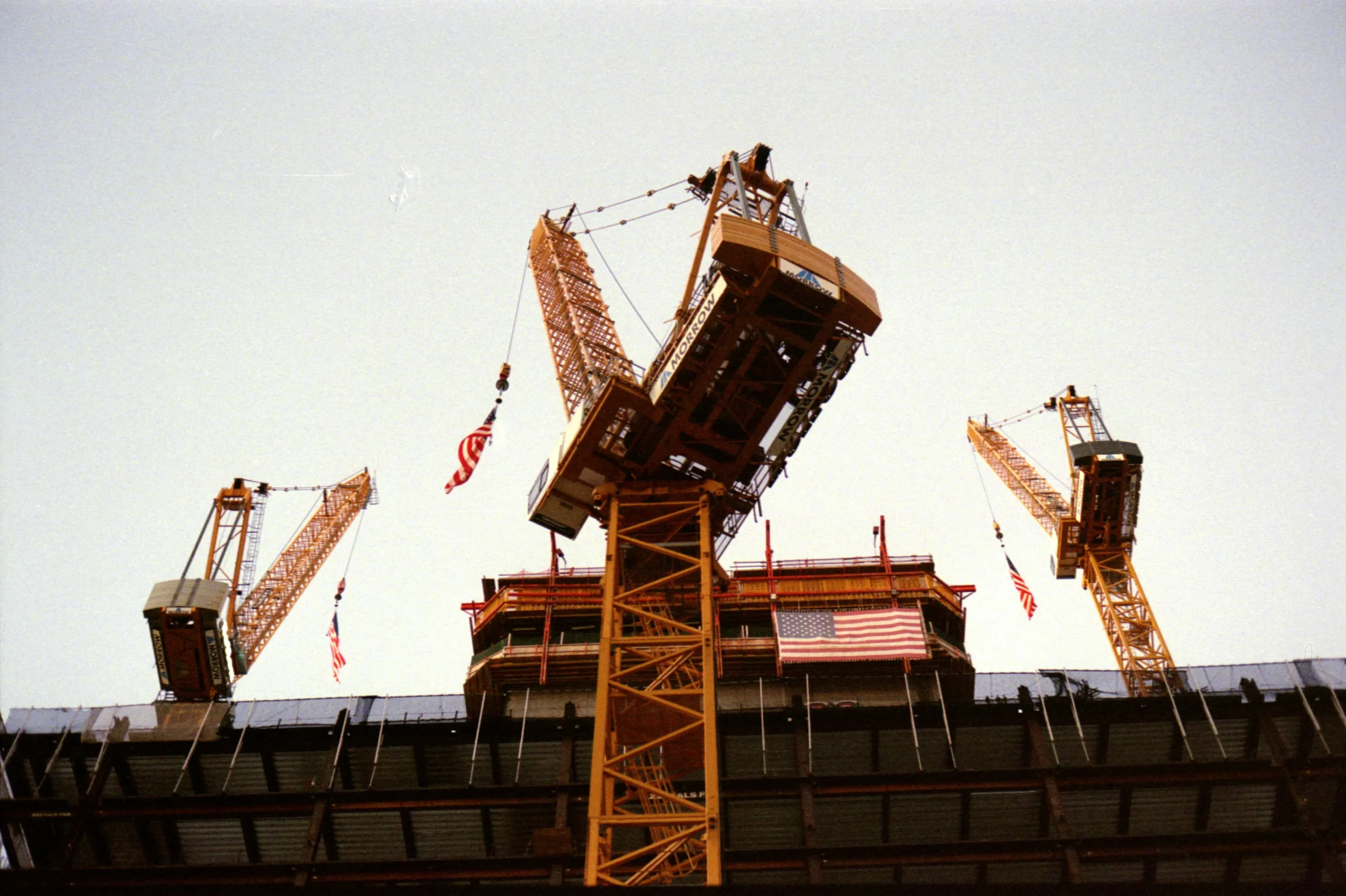In the world of filmmaking, certain shots have the power to etch themselves into our memories forever. These cinematic moments, often iconic, owe their grandeur to the creative genius of directors and cinematographers. Behind many of these awe-inspiring sequences lies an unsung hero – the crane. In this blog post, we here at NMT will take a look into some of the most legendary crane shots in cinematic history, revealing the artistry and innovation that went into crafting these unforgettable scenes.
1. Alfred Hitchcock’s “Vertigo” (1958)
Alfred Hitchcock’s masterpiece, “Vertigo,” is known for its visual brilliance. The film’s most memorable shot, often referred to as the “Vertigo Effect,” is a dizzying spiral achieved through a combination of camera zooming and dolly movement. This iconic effect was made possible by employing a specially designed crane to create a mesmerising visual sensation that has since become synonymous with the film.
2. Steven Spielberg’s “Jurassic Park” (1993)
The immense impact “Jurassic Park” had in the cinematic realm with its groundbreaking use of CGI cannot be overstated. The film has been made timeless thanks to its perfect combination of both digital and practical effects that made the dinosaurs come to life. In the awe-inspiring “T-Rex Paddock” scene, a massive crane was used to lift and control the animatronic T-Rex, creating a seamless integration of practical and digital effects that still astonishes audiences today.
3. Orson Welles’ “Touch of Evil” (1958)
Orson Welles’ film noir classic, “Touch of Evil,” is renowned for its breathtaking opening shot – a continuous, three-minute crane shot that follows a car through a bustling border town. This meticulously choreographed sequence set a new standard for long takes in cinema, showcasing the potential of cranes in creating uninterrupted, immersive scenes.
4. Paul Thomas Anderson’s “Boogie Nights” (1997)
Paul Thomas Anderson’s “Boogie Nights” is known for its bravura filmmaking, and one of its standout moments is a spectacular crane shot that navigates through a crowded nightclub. This shot serves as a testament to Anderson’s visionary direction and the skilled coordination required to execute such a complex movement seamlessly.
5. Akira Kurosawa’s “Ran” (1985)
Akira Kurosawa, a true maestro of cinema, utilised cranes to perfection in his epic masterpiece, “Ran.” The film’s sweeping battle scenes, characterised by their grandeur and scale, were made possible through the strategic use of cranes to capture the magnitude of the conflict, leaving an indelible mark on the annals of cinematic history.
Contact Us Today
The featured shots mentioned in the blog, along with numerous others we did not have the space to cover, emphasises the significance of acknowledging the artistry and precision involved behind the scenes. Cranes play a crucial role in realising cinematic visions. Here at NMT Film and TV Crane Hire, we are always eager to anticipate the evolution of filmmaking, recognizing that cranes will undoubtedly remain instrumental in shaping our enchanting experiences with the silver screen. Contact us today by either calling us 01753 785351 or by filling out our online
